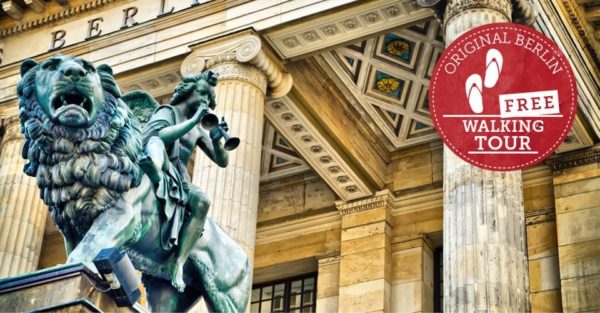Berlin Wall and its Importance
The Berlin Wall, now a simple physical divide of concrete blocks separating one side of a city from another, was a symbol of a particular part of the twentieth century. It started on 13 August 1961 cease construction of the Wall eventually dividing east and west Berlin from East controlled East Germany. The consequences were enormous for the inhabitants of the city, it changed their live, piercing apart families and causing the feeling of insecurity and division in the community.
The Wall; Its Use and Construction
The chief function of the ‘Wall’ was to bar the East Germans from escaping to West Germany, where conditions were better and there were more freedom than in the East. Extensions of this barrier included a concrete barrier, wire fences, watchtowers, and a neutral demilitarized zone referred to as the forbidden zone or the death strip, and the wall itself stretching 155-kilometers from the West German to the the East German side. Escapers needed to get through a heavily built wall and that made it even harder for them to escape due to the physical barrier the wall posed.
Rise in Strains and Demand for Reform
In the course of years the wall transformed to the severe sign of the division of two different worlds and many berliners began to be dissatisfied with the limitations that it implied. People received pessimism and frustrations growing up in East Germany as the Western culture of embodying freedom and embracing democracy was a far cry from the actuality. These ideological differences contributing to the desire for change making the people demand for change, demonstrations and protests for the reform.
The Beginning of the End
Finally, we stopped in the middle of tensions in the year 1989. During that year mass protests occurred in East Germany in response to which people were demanding change in political regime and freedom of travelling. Finally, owing to the intensification of dissenting feeling that the East German authorities could not cope with, the restrictions on traveling were relaxed. On November 9, 1989, the public statement which said that the citizens of East Germany can travel to West Berlin without restrictions.
The Fall of the Wall
Once people heard the news, there was joy all over Berlin. Hundreds of thousands of East Germans rushed to the gates wanting to cross the border to West. People were found freely congregating at the checkpoints, as friends shared incredible stories and news of their liberation. The iron curtain which had separated families and communities for many years was now down.
Horas Patéticas e Imagens Públicas
Just to illustrate some people got emotional to the extent of putting their legs on the wall and being on the other side hugging. Some of them started the symbolic job of breaking down the wall, and others took cudgel and hammer and chisel and sledge hammer and started carving it. It is such a moment in history when the great and powerful vision of the world succeeding and coming closer has been captured in pictures.
Impact and Reunification
1989 was a breakthrough year for Germany and the rest of the world as the people of Germany tore down the hated Berlin Wall and demanded unification. The division that took almost three decades to be dissolved was about to end. In the following months and years attempts were made to rehabilitate the rest of the wall in more ways as a path to reunion and future development between East and West Berlin was cleared.
A Lasting Legacy
To this date, the epitome of triumph of freedom and unity is the breakup of the Berlin Wall after more than three decades of its existence. It is a testimony to the fact that human spirit transcends such profound division and such labour for freedom and unity exists in every society.
Conclusion
The collapse of the Berlin Wall was a virtual signal of change that defined the end of one epoch and the start of a new epoch in the Germany nation. That is what I found moving about it – it is just a story of hope, of the human desire to be free. That way, the event in question is significant for comprehending the hardships, losses, and victories of people, who fought for the unification of Germany.
Table of Contents

